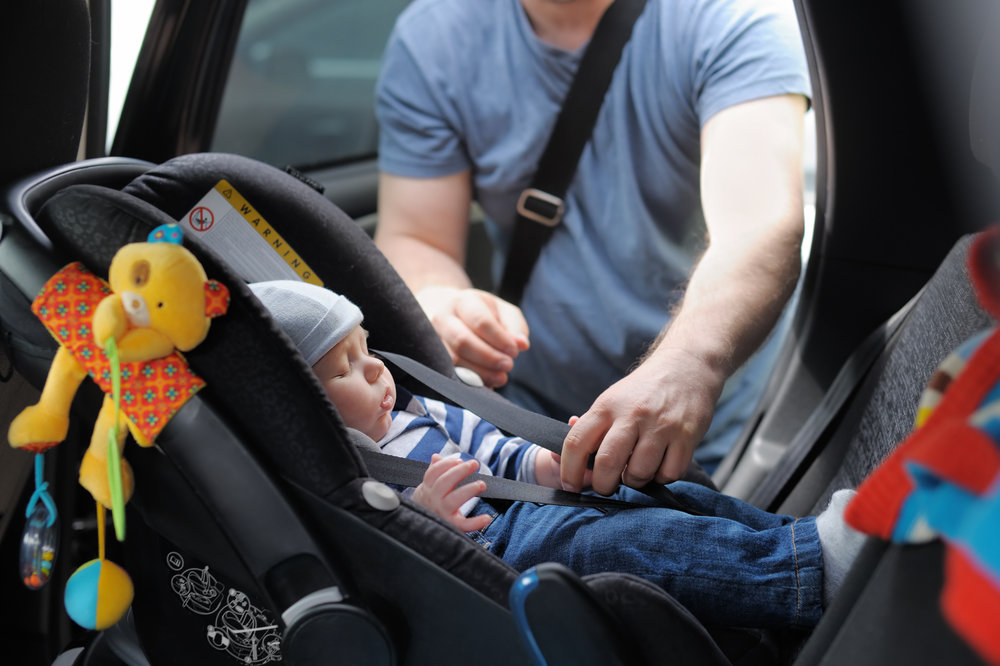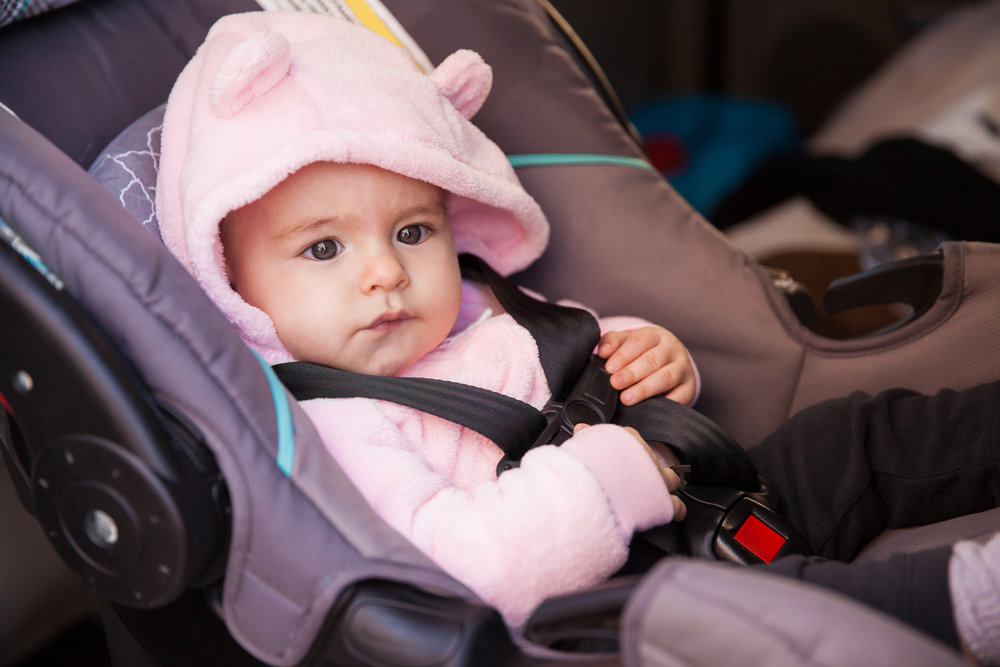Under the new guidelines, kids as old as 4 years old can use rear-facing car seats if they haven’t maxed out of the other requirements because experts agree that keeping kids in car seats for as long as possible is beneficial in the long run.
This is because in a rear-facing seat, a child’s head, neck, and spine is better protected by the hard shell of the car seat, and in the case of a crash, the seat would absorb most of the impact. But the same isn’t true for forward-facing car seats, where kids’ bodies “are restrained by harness straps, but their heads — which for toddlers are disproportionately large and heavy — are thrown forward, possibly resulting in spine and head injuries.”
Although many parents see making the move to a forward-facing car seat as a milestone, it’s not one that should be rushed. Dr. Benjamin Hoffman, lead author of the policy statement and chairman of the AAP Council on Injury, Violence and Poison Prevention agrees. Speaking with CafeMom, he says that although the news might upset plans to to make the switch to forward-facing car seats after your little one’s second birthday, the upside is that you won’t have to buy a new car seat as your child gets older.
“Car manufacturers got really creative and innovative and started making car seats that had higher height and weight limits. So they could accommodate kids for longer periods,” he explains. “The crux of this policy is basically the same as the policy from before except without any mention of the age of 2. We can’t say that 2 is any better or different than 1, 1-and-a-half, and 3. So really the recommendation remains the same: it’s staying rear-facing for as long as you possibly can up until the limits of the seat,” he says.
Hoffman also recognizes now that most seats can accommodate kids until much longer. “Most kids at 4 would be able to [use a rear-facing car seat] within the weight and height limits of most of the convertible car seats that are on the market,” he adds.
antoniodiaz/Shutterstock
Most rear-facing car seats can accommodate kids up to about 40 pounds. Hoffman adds that even though most parents are excited about moving their kids up from a rear-facing to forward-facing car sat, it’s important that we rethink what we believe to be progress. “The orientation of most parents toward milestones for their kids is that the next stage is positive,” he says. “Where one of the things that we know with child-passenger safety, is that parents should actually think of it as the opposite. You lose protection as you go from rear-facing to forward-facing, forward-facing to booster, and booster to seat belt.”
Once your child does make the switch to a forward-facing seat, experts agree that the child should keep using that car seat until he or she again exceed the height and weight limits, which often is about 65 pounds. They recommend that they then go to a belt-positioning booster seat until the lap and shoulder belt’s fit comfortably. “This is often when they have reached at least 4 feet 9 inches in height and are 8 to 12 years old,” the AAP explained.
Experts added that no child should be allowed to ride without a car safety seat if they are younger than 13 years old, and once the child is finally big enough to comfortably wear the lap and shoulder belt alone, they should make sure to use both (no moving the shoulder belt behind the back) for optimal protection.
Overall, the guidelines explained car safety seats reduce the risk of death of serious injury by 70 percent — which are odds that every parent should be paying attention to.


